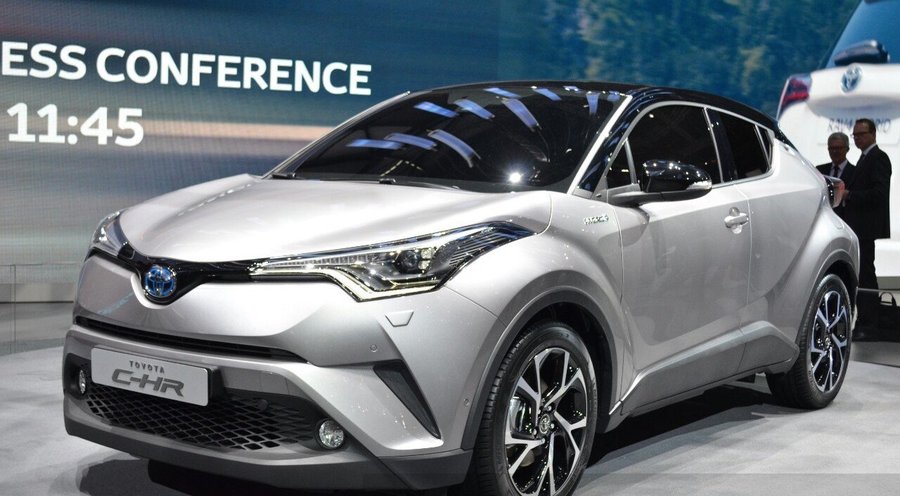Toyota C-HR Australian Launch Confirmed For 2017

The production C-HR debuted at the 2016 Geneva Motor Show and will enter production in European specifications at the Adapazari, Sakarya plant in northwestern Turkey later this year. Australia should get its version from this plant.
The Toyota C-HR is the second model after the fourth generation Toyota Prius to be based on the TNGA (Toyota New Global Architecture) global platform. The Japanese automaker’s new sub-compact crossover was benchmarked against several popular cars like the VW Golf and Audi Q3 as well as others like Skoda Yeti during its development. Final changes are still to be made though, and to name one, the NVH levels are being reduced.
Globally, the Toyota C-HR will be available with three powertrains: 1.2-litre petrol, 2.0-litre petrol and 1.8-litre (petrol-electric) hybrid. In European specifications, the 1.2-litre turbocharged petrol engine makes 72 kW (97 hp) and 142 Nm of torque and will send drive to the front or all four wheels via a 6-speed manual and continuously variable transmission. The 2.0-litre naturally aspirated petrol engine churns out 110 kW (148 hp) and 193 Nm of torque and will send power to the front wheels via a continuously variable transmission. The hybrid powertrain combines a 72 kW (97 hp) 1.8-litre petrol engine with a 53 kW (71 hp) electric motor. Power is sent to the front wheels via an electronically-controlled continuously variable transmission.
Before Australia, the Toyota C-HR will be launched in the UK, towards the end of 2016. A performance variant is also being considered, which could be a rival to the Nissan Juke NISMO. The standard Toyota C-HR will go up against the Nissan Juke, the Mazda CX-3, and the Honda HR-V.
Nouvelles connexes


